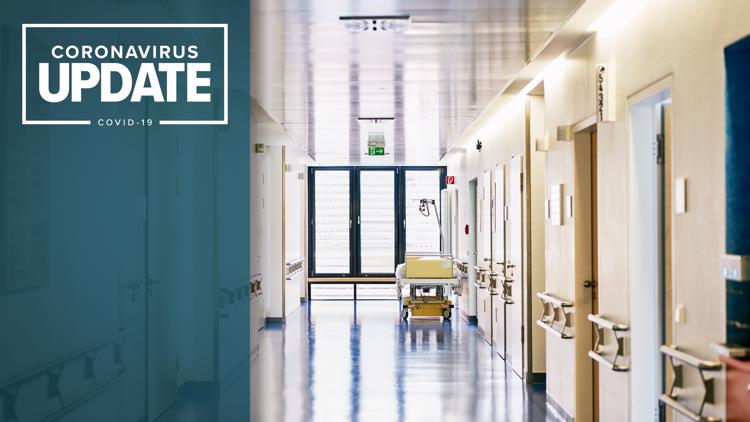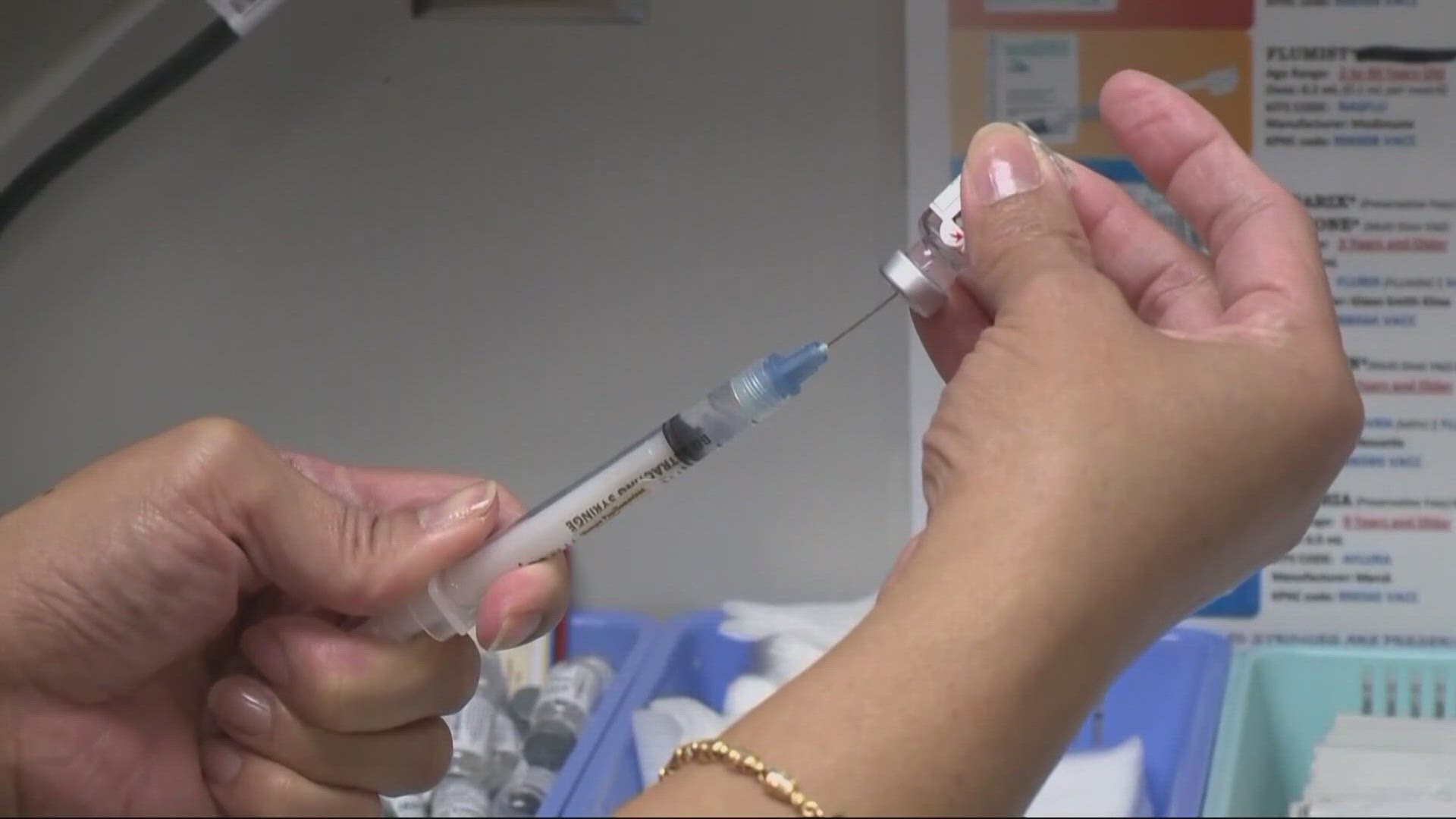PORTLAND, Ore. — Stunned by projections that coronavirus victims could take up as many as 20% of Oregon’s hospital beds in less than a month, Oregon hospital executives are desperately trying to craft a plan that would use all their resources in a coordinated way to handle the huge surge of Oregonians who may soon need hospitalization.
Hospital leaders met with Gov. Kate Brown over the weekend in hopes of taking a broader leadership role in the state’s coronavirus response.
RELATED: Gov. Brown limits Oregon restaurants, bars to takeout, delivery only; bans gatherings of 25 or more
In an unprecedented move, the Portland area’s four major health systems say they are uniting to form a regional health system “to implement a coordinated response” to the virus. Providence Health Systems, Kaiser Permanente, Legacy Health and Oregon Health and Sciences University are all part of the new coalition. Among other things, the new unified operation proposes to bolster the existing frontline staffers by providing childcare to current workers, activating recent retirees, reserves and potential candidates now working outside of hospitals.
The new sense of urgency on Monday was informed in part by a report from an OHSU researcher that contains truly alarming statistics concerning the number of expected COVID-19 cases and the capability of Oregon hospitals to deal with the expanding caseload.
Peter Graven, Ph.D., lead data scientist at OHSU and affiliate research assistant professor in the OHSU-Portland State University School of Public Health, found that under current forecasts, Oregon will need 1,400 beds – about 20% of the statewide total – by April 11.
Former Oregon Gov. John Kitzhaber began sounding the alarm over the weekend. Kitzher, a former emergency room doctor, wrote on his website Sunday that Oregon is “far behind the curve” in working to expand the capacity of the health care system and in helping Oregonians respond to the pandemic.
“This is a true emergency,” Kitzhaber said. “Every day that goes by without an aggressive, coordinated Emergency Response Plan, undermines the likelihood that we will be able to successfully respond and manage the potential of a dramatic increase in hospital admissions. Therefore, it is urgent that we move beyond a public health response (as important as that is) to an Emergency Response.”
Kitzhaber made it clear Monday that he was not speaking for the industry. But he said his bottom-line concern is simple: The number of potential patients far outstrips the 6,700 hospital beds in Oregon. It will take extraordinary steps by the state’s hospitals and health systems to handle that imbalance.
“I believe we can manage our way through this,” Kitzhaber said. “It’s very important to communicate, to let everyone know what the plan is.
Health care industry leaders and officials in Brown’s office said Monday that there is unified team leading the coronavirus response.
Nik Blosser, Brown’s chief of staff, said the governor’s office had been working with the major health care providers in the state and will be announcing a plan this afternoon for managing and expanding hospital bed capacity, aligning criteria for testing and expanding the health care workforce.
He said the major hospitals, tri-county health officials, and the Oregon Health Authority have a unified plan to centrally manage existing hospital bed capacity and align their testing procedures, particularly as testing capacity increases in the next two weeks.
Blosser said the state would immediately take steps to expand the health care workforce, by automatically renewing the license of any medical professional whose license had recently expired, for instance.
“People have a lot of questions and we want to give it out in an organized fashion and we’ll have that later today,” Blosser said.
Clearly, COVID-19 has taken the entire nation’s health system by surprise. The United States has only 2.8 beds for every 1,000 people, according to the Organization for Economic Co-operation and Development. In contrast, the two countries with the largest outbreaks have more beds for its patients: Italy has 3.2 beds for every 1,000 patients and China, 4.3 beds.
Ventilators, too, are in short supply. There are about 160,000 ventilators available in the U.S., according to the latest available figures in a Center for Health Security at Johns Hopkins February report.
Staffing is also a problem. Nurses complain that their crews were already short. Now, given the surge in patients and the likelihood that some of them will get too sick to work, the shortage is sure to worsen.
To prevent coronavirus cases from overwhelming the system, the nation's health officials are attempting to "flatten the curve." That flattening of the curve—or the slowing down the spread of the virus—is intended to ensure key players, such as health care systems, have the resources they need.
Hence, Brown’s decision to ban mass gatherings, close schools, cancel athletic events and urge everyone to practice social distancing.
Oregon’s hospitals have not exactly distinguished themselves so far. Workers have complained that personal protective equipment is in short supply, as is training in their use.



